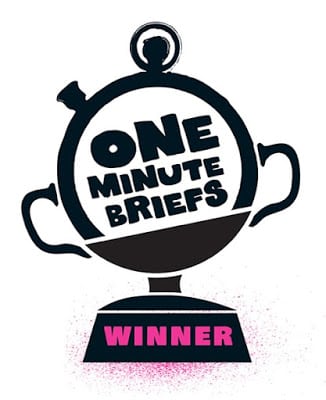One of the most commonly asked questions about email marketing is, “What are the best days to send out emails?” But studies designed to answer this question have proven inconclusive. No two email campaigns are the same. As such, what might work for one test audience will not necessarily apply equally for another, due to different campaign objectives or target audiences.
With that in mind, we took a look at each day of the week and analysed the positives and negatives that might help you determine which days will work best for your needs.
Monday
Positive: Office work has not filled inboxes yet
Negative: Consumers are in work mode and won’t be focused on non-work tasks
Best Practice: Send emails late Monday morning, after consumers have cleaned the weekend spam from their inboxes
Tuesday
Positive: People have organised their week, and can find personal time for emails
Negative: Emails poised for a weekend response may be too early
Best Practice: Use Tuesday for emails that request action during the working week

Wednesday/Thursday
Positive: Consumers are planning their weekends and gearing up for personal time
Negative: Time during the working week is running short, and requested action may be pushed back to the following week, or even forgotten about
Best Practice: Focus leisure and weekend notifications during these key weekend planning days
Friday
Positive: Studies indicate fewer total emails sent compared to the rest of the week, increasing visibility among the myriad of other messages
Negative: Consumers hurry to leave the office early, and may not take time to view non-work related emails
Best Practice: Send emails early in the day to give consumers more time to take action. An unopened email from Friday will sort to the bottom of an inbox on Monday, and is often discarded
Weekends
Positive: People check emails on weekends, too, so weekends may have untapped potential
Negative: A weekend email may seem overly-intrusive to some people
Best Practice: If possible, try to avoid Sundays and focus on Saturdays, which may have a better response rate










